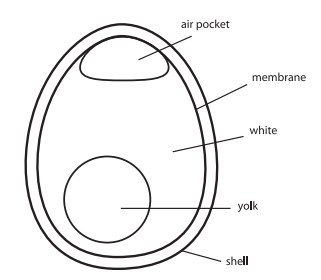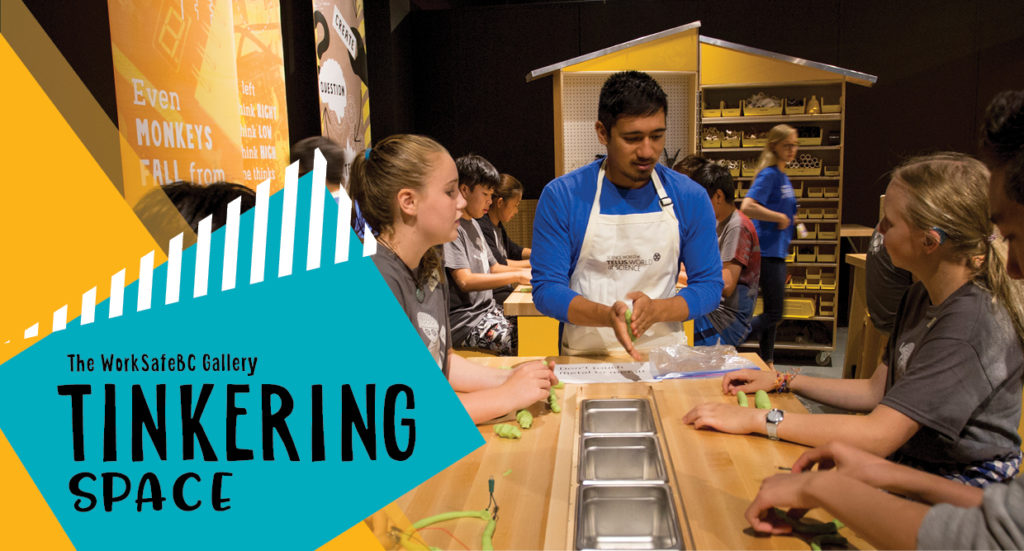In this exploration, students design, evaluate, test, and suggest improvements for a container that will protect their precious payload: an egg.
The Classic "Egg-Drop" experiment has been a standard in science instruction for many years. Essentially, students are asked to construct some type of container that will keep a raw egg from cracking when dropped from ever-increasing elevations.
There are three basic ways to increase the likelihood of safely dropping an egg:
- Slow down the descent speed.
Parachutes are an obvious method for slowing the decent speed, as long as the design includes a way to keep the parachute open. - Cushion the egg so that something other than the egg itself absorbs the impact of landing.
The largest end of the egg has an area of air trapped between the egg's two membranes. This air space forms when the contents of the egg cool and contract after the egg is laid. It accounts for the crater you often see at the end of a hard-cooked egg. Upon impact the heavier spherical yolk continues moving towards the ground. The compression of the airspace acts like an air bag for the eggs' valuable contents. Building an artificial cushioning device will also help absorb the impact of landing.
The largest end of the egg has an area of air trapped between the egg's two membranes. This air space forms when the contents of the egg cool and contract after the egg is laid. It accounts for the crater you often see at the end of a hard-cooked egg. Upon impact the heavier spherical yolk continues moving towards the ground. The compression of the airspace acts like an air bag for the eggs' valuable contents. Building an artificial cushioning device will also help absorb the impact of landing. - Orient the egg so that it lands on the strongest part of the shell.
The arch structure at either end of the egg is stronger than its sides. Pressure is distributed down (or up) the arches so that less pressure acts on any one point. Orienting the arch downwards will increase the egg's survival.

The Challenge:
On August 22, 1994, David Donoghue threw an egg out of a helicopter onto a golf course in the UK, from a height of 213 meters (700 feet). He now has the record for the longest egg drop without breaking in the world (all without an outside structure for added protection!).
Teacher Tip:
You can relate the activity to the challenge NASA scientists had in building a lander for the Mars Exploration Rover. Physically, it had to withstand both the heat of entry into the Martian atmosphere and the impact of landing. Strategically, they also had to figure out a way that the rover could right itself no matter how it landed. Students love to see how the structure they've built often resembles the one conceived by NASA scientists.

